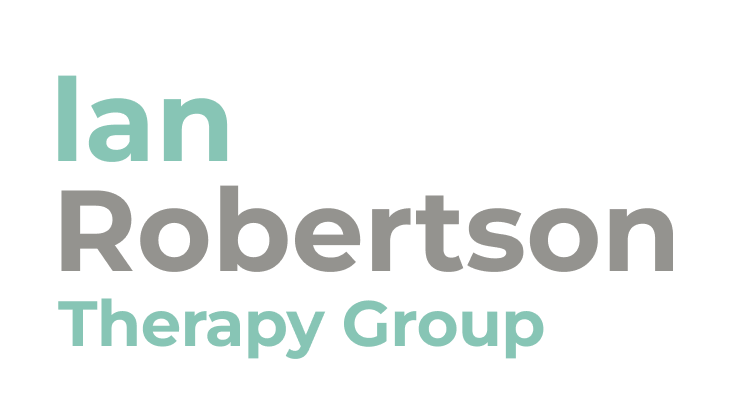“Every shadow, no matter how deep, is threatened by morning light.” – Unknown
Phobias, more than mere fears, can be paralyzing. If specific situations or objects make your heart race or prompt you to go miles out of your way to avoid them, you might be dealing with a phobia. By understanding their categories, origins, and potential treatments, we can step into the light of understanding and find ways to navigate them.

Phobias Defined
A phobia isn’t just a fleeting feeling of unease. It’s a sustained, overpowering fear of a certain situation, object, or activity. Even the mere thought or anticipation can lead to intense anxiety or panic attacks. According to the DSM-5-TR, a person can experience up to three different specific phobias at once.
Although affecting 5-10% of the population, phobias can vary in their intensity and focus. Some are common like the fear of heights, while others, like the fear of being watched by a duck, can seem rather unusual. However, regardless of the type, the distress caused is real and can significantly impact one’s life.

Unpacking Common Phobias
Aerophobia (Fear of Flying): For some, the thought of boarding a plane can be overwhelmingly intimidating, leading to panic and distress.
Mysophobia (Fear of Germs): Especially relevant in today’s world, this fear can result in people taking extreme measures to avoid contaminants.
Cynophobia (Fear of Dogs): While many see dogs as lovable companions, those with cynophobia find encounters with them to be truly horrifying.
But it’s not just these. From the uncommon anatidaephobia (fear of being observed by ducks) to the more recognized trypanophobia (fear of needles), the spectrum of phobias is broad and varied.
A Closer Look at Supernatural Phobias
While what frightens us can be deeply personal, the fear of the supernatural, or phasmophobia, often resonates universally. It’s linked to:
- Sleep disturbances like nocturnal panic attacks.
- Daytime fatigue.
- Episodes that blur reality and dreams.
- Occasional psychosis bouts.
- An increased fear of solitude at night.
- It’s worth noting that these fears usually have roots in childhood experiences and can linger throughout life.
Approaches to Healing
Various treatments have proven effective against phobias. The journey to conquering these deep-seated fears can include:
Cognitive Behavioral Therapy (CBT): Altering thought patterns to transform reactions.
EMDR: Using eye movements to process and integrate traumatic memories.
Brainspotting & Parts Work: Addressing the neural pathways where trauma is stored.
Exposure Therapy: Gradually and safely confronting the feared object or situation.
Systematic Desensitization: Combining relaxation techniques with gradual exposure to the phobic stimulus.
Applied Muscle Tension (AMT): Teaching patients to counteract a fainting response to certain triggers.
Hypnotherapy: Accessing the subconscious mind to alter the emotional response to phobias.
For a more in-depth look at these treatments, visit our therapy overview
Navigating Beyond Fear
While phobias might feel insurmountable, they don’t define us. Whether they’re universal fears or unique to an individual, they can be confronted and managed. Remember, dodging your fears might seem like a temporary solution, but true freedom lies in facing and understanding them.
Therapy, more than medication, stands as a beacon of hope in this journey. If a phobia has tethered you, know that you’re not alone. We at Ian Robertson Therapy Group are here to walk this path with you.
To embark on your healing journey, connect with us today.











